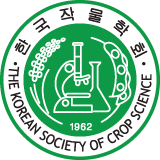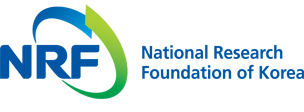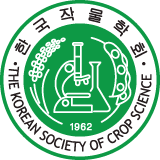-
Review Aticle
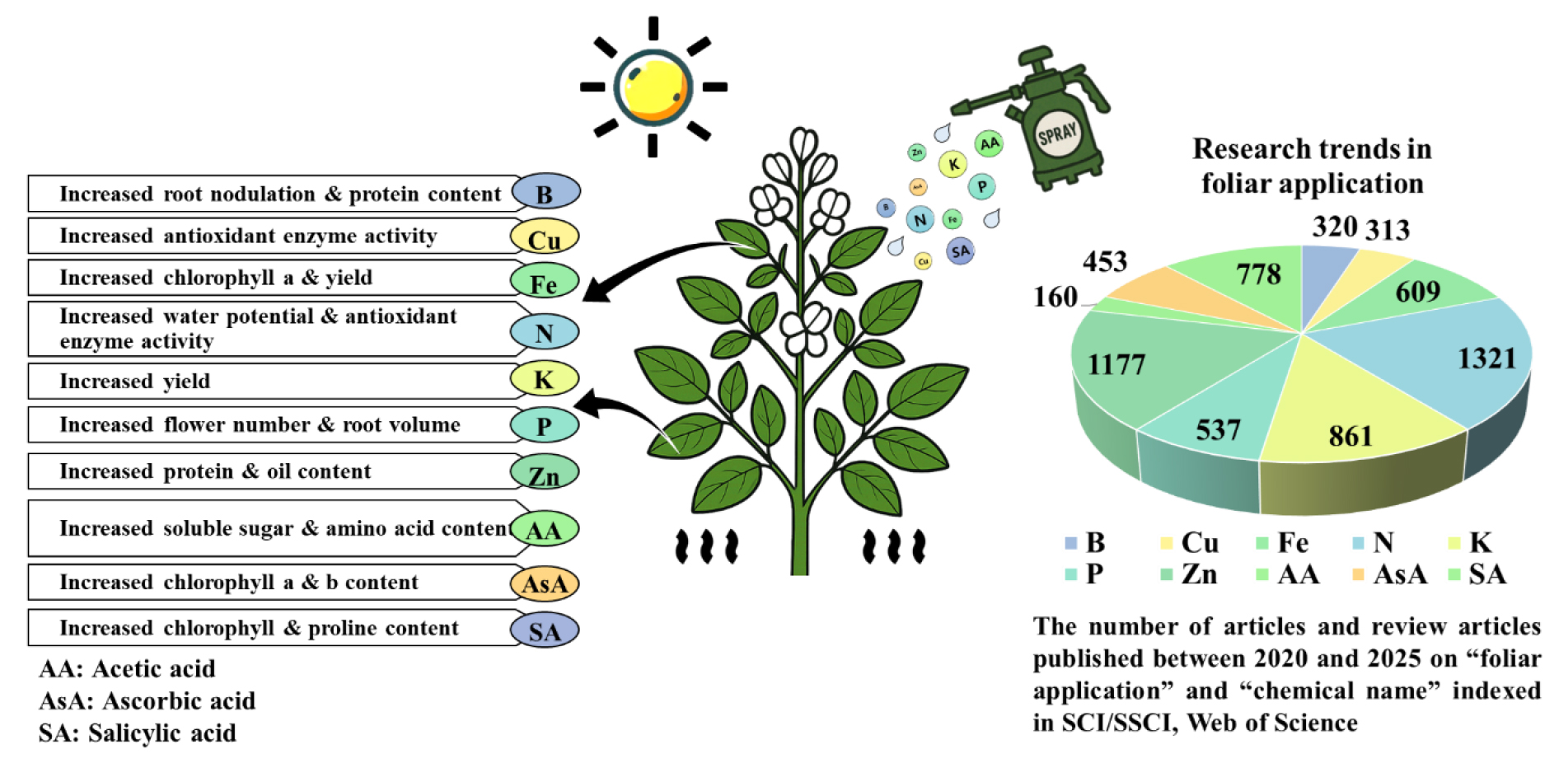
-
Recent Advances in Foliar Application for Enhancing Drought Tolerance in Soybean Under Climate Change
기후변화 시대 콩의 건조 스트레스 완화를 위한 엽면시비 기술 연구 동향
-
Kyung-Hee Kim, Donghwa Park, Sun Hee Lim, Byung-Moo Lee
김경희, 박동화, 임선희, 이병무
- Climate change-induced drought stress severely impairs soybean growth and yield by inhibiting photosynthesis and increasing reactive oxygen species (ROS) accumulation, which leads …
- Climate change-induced drought stress severely impairs soybean growth and yield by inhibiting photosynthesis and increasing reactive oxygen species (ROS) accumulation, which leads to cellular damage. Traditional management practices, such as irrigation and soil fertilization, face significant limitations under water-deficient conditions. This review highlights foliar application as an effective agronomic strategy to alleviate drought stress in soybean cultivation. Foliar spraying of mineral nutrients—including boron, copper, iron, nitrogen, potassium, phosphorus, and zinc—as well as organic acids such as acetic acid, ascorbic acid, and salicylic acid, has been shown to enhance antioxidant activity, improve water use efficiency, and promote overall plant growth and stress tolerance. Therefore, foliar application represents a valuable tool for sustaining and improving soybean productivity under drought conditions in the context of climate change. Nevertheless, further research is needed to optimize the timing and combinations of foliar treatments for maximal efficacy. - COLLAPSE
-
Recent Advances in Foliar Application for Enhancing Drought Tolerance in Soybean Under Climate Change
-
Original Research Article
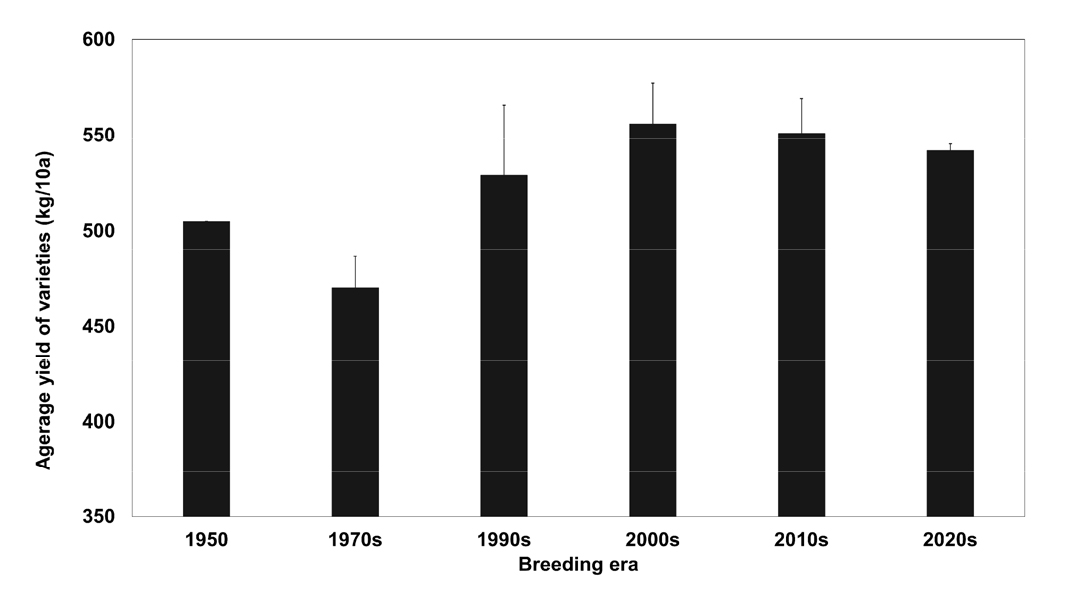
-
Trends in National Attainable Rice Yield and Yield‑Gap Based on Variety Adoption Rates in the Republic of Korea
국내 벼 품종 등록수량 기반 획득가능 기대수량 추이와 수량차 분석
-
Junhwan Kim
김준환
- In this study, we analyzed the trends in national average attainable yield by assuming the registered yields of major domestic rice varieties …
- In this study, we analyzed the trends in national average attainable yield by assuming the registered yields of major domestic rice varieties as attainable yields and using variety supply statistics from the Korea Seed & Variety Service from 2015 to 2024. Although the yield performance by breeding era increased 560 kg/10a in the 2000s, it displayed a decline to 540–550 kg/10a after the 2010s. While the adoption rate of varieties developed in the 2010s rapidly increased from 5% in 2015 to 42% in 2024, the national average attainable expected yield remained stagnant within the range of 545–555 kg/10a. The average yield gap between attainable and actual national average yields was 4.9%, indicating that farmer technical levels approached research-level standards. Future variety breeding and adoption pattern analysis predicts that the national average yield will gradually decline after 2025. Therefore, innovative variety development with significantly improved genetic yield potential would be necessary to enhance rice productivity in Korea. - COLLAPSE
-
Trends in National Attainable Rice Yield and Yield‑Gap Based on Variety Adoption Rates in the Republic of Korea
-
Original Research Article
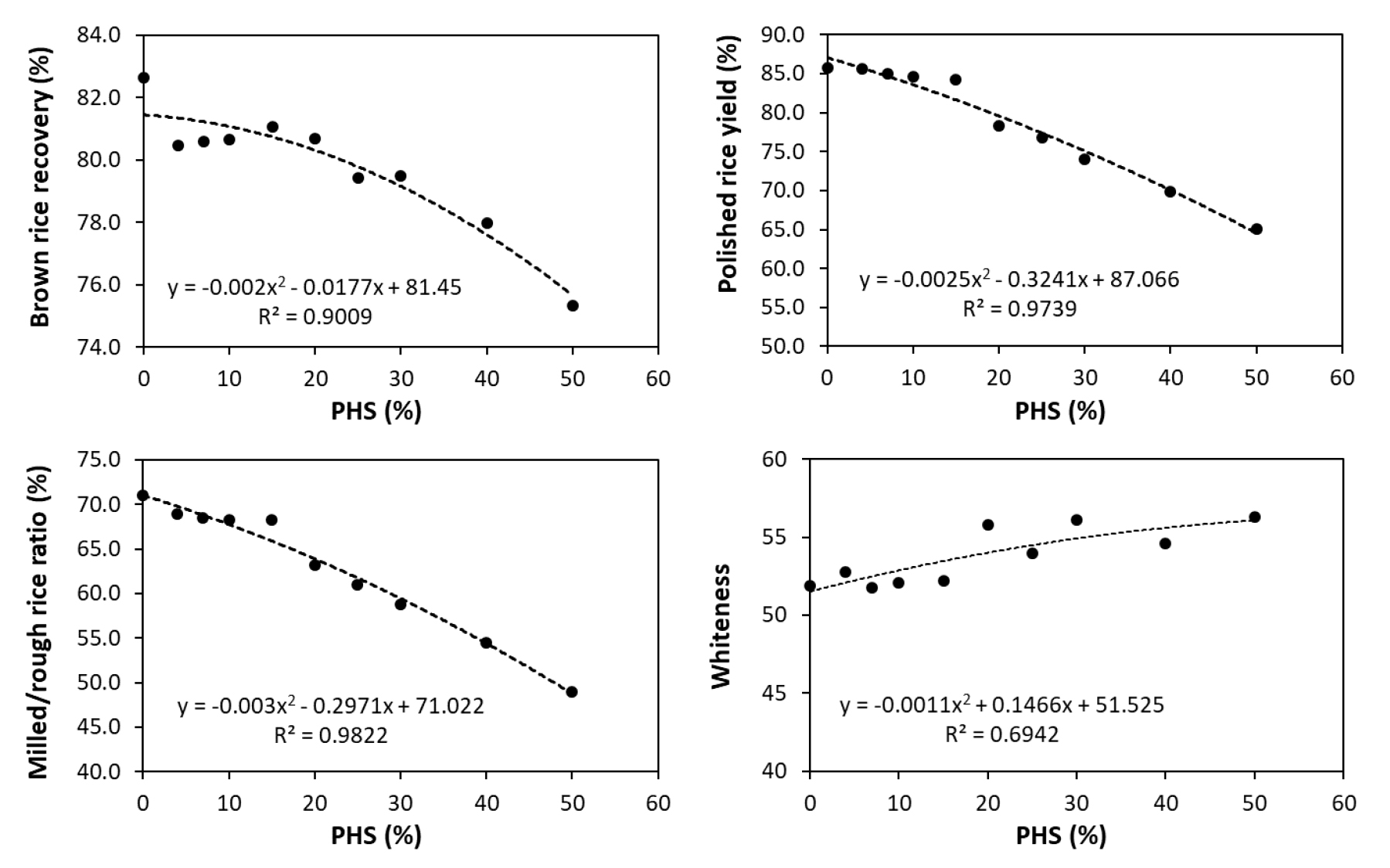
-
Effect of Pre-Harvest Sprouting under Field Conditions on the Milling and Physicochemical Properties of the Floury Rice Cultivar ‘Baromi2’
포장 조건에서의 수발아율에 따른 가루쌀 ‘바로미2’의 도정 및 이화학적 특성 변화
-
Seoyeong Yang, Jieun Kwak, Jihyeon Mun, Juhee Kim, Youngseo Song, Jaekyeong Baek, Hyeon-Seok Lee, Jung-Il Cho, Jiyoung Shon
양서영, 곽지은, 문지현, 김주희, 송영서, 백재경, 이현석, 조정일, 손지영
- In this study, we investigated milling yield-, grain appearance-, and physicochemical property-related changes in the floury rice cultivar ‘Baromi2’ according to pre-harvest …
- In this study, we investigated milling yield-, grain appearance-, and physicochemical property-related changes in the floury rice cultivar ‘Baromi2’ according to pre-harvest sprouting (PHS) rate. We collected naturally sprouted grains from the field, grouped them into 10 levels ranging from 0% to 50% PHS, and analyzed their milling characteristics, head rice ratio, starch pasting properties, falling number, and color values. Polished rice yield significantly declined at ≥ 20% PHS, while brown rice recovery dropped notably at ≥ 25%. In brown rice, head rice ratio began to decrease at 15% PHS, with increased broken kernels, whereas in white rice, head rice ratio increased at ≥ 30% PHS, with clear visual quality degradation. Starch pasting properties in brown rice sharply declined at ≥ 25% PHS, and falling number dropped significantly at 15% and 30% in brown and white rice, respectively, indicating enzymatic starch degradation. Moreover, PHS reduced the L* and b* values in brown rice, while slightly increasing L* in white rice. However, color differences remained minor in terms of processing quality. These results suggest that visual and enzymatic changes begin at 15% PHS, milling yield loss at 20%, and starch functionality deterioration at 25%. Therefore, maintaining PHS below 20% is recommended to ensure processing suitability in sprouted rice. - COLLAPSE
-
Effect of Pre-Harvest Sprouting under Field Conditions on the Milling and Physicochemical Properties of the Floury Rice Cultivar ‘Baromi2’
-
Original Research Article
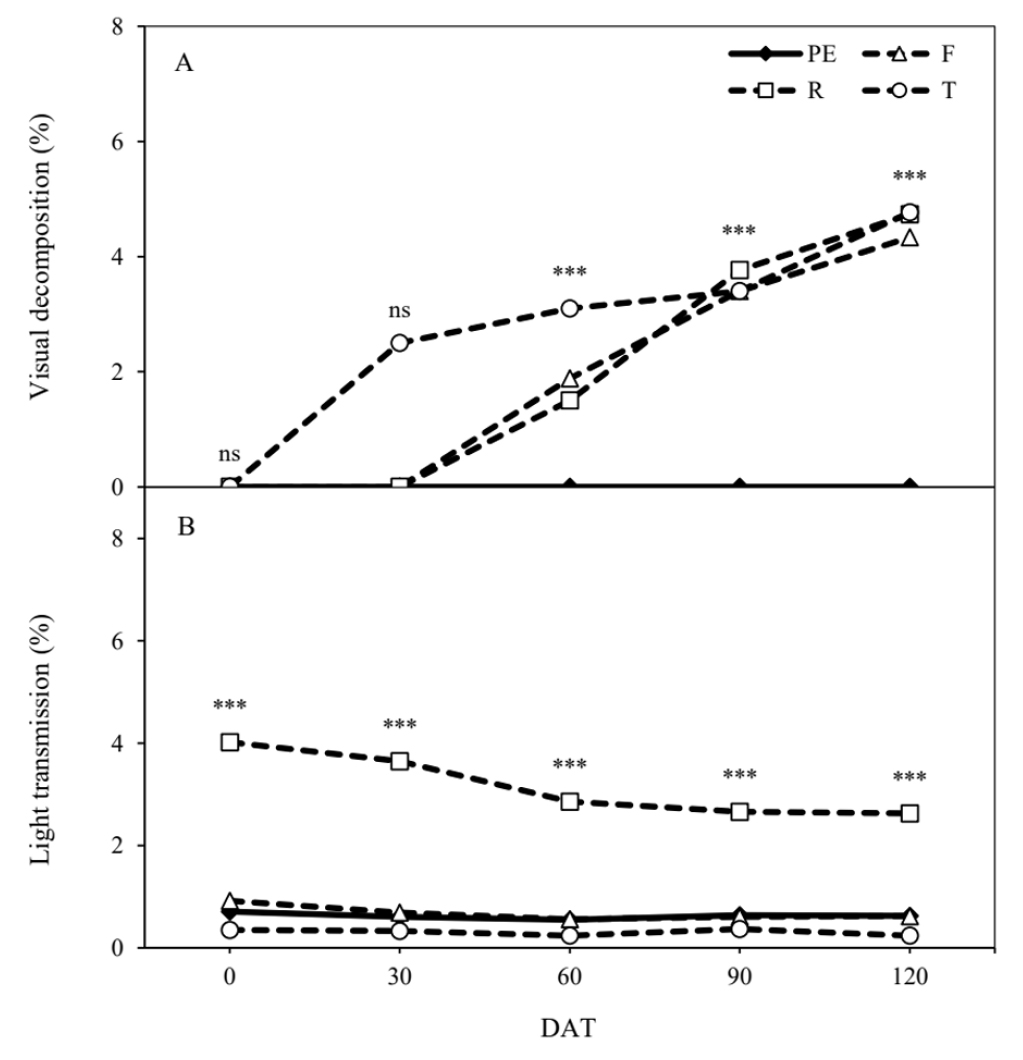
-
Effects of Novel Biodegradable Film Mulching on Soil Environment and Soybean Growth
신규 생분해성 필름 멀칭이 토양환경과 콩 작물 생육에 미치는 영향
-
Hyun-Sug Choi, Ji-Sik Jung
최현석, 정지식
- This study was conducted to investigate soil environment, crop growth, and film disintegration after tillage in a soybean field mulched with commercial …
- This study was conducted to investigate soil environment, crop growth, and film disintegration after tillage in a soybean field mulched with commercial and novel biodegradable films in year 2024. Treatment included polyethylene (PE) film, a commercial biodegradable (BD) F film (single-layer), and two novel BD films of R (three-layer) and T (single-layer). Visual disintegration of the mulched T film was high (2.5) 30 days after transplanting (DAT), which appeared in F and R films at 60 DAT, with disintegration into small-sized plastic pieces of all BD films at 120 DAT. Light transmittance was the highest in the mulched R film. PE mulching treatment increased soil moisture potential and effectively suppressed weed occurrence before harvest, October. T treatment plots showed high soil pH and low EC on certain measurement days, with the opposite trends observed in the PE plots. Soil nitrate nitrogen and available phosphorus contents were low in the R- and T-treated plots. PE treatment increased leaf SPAD and number on certain measurement dates. T- and R-treatments increased sterility and decreased seed weight observed for crops treated with F film. The highest disintegration of approximately 20 % occurred in T film at 10 cm soil depth at 30 days after tillage, with approximately 30 % disintegration occurred in R- and T-film after 60 days. In summary, although BD films partially influenced soybean yield reduction, their rapid degradability might be advantageous for cropping system flexibility. - COLLAPSE
-
Effects of Novel Biodegradable Film Mulching on Soil Environment and Soybean Growth
-
Original Research Article
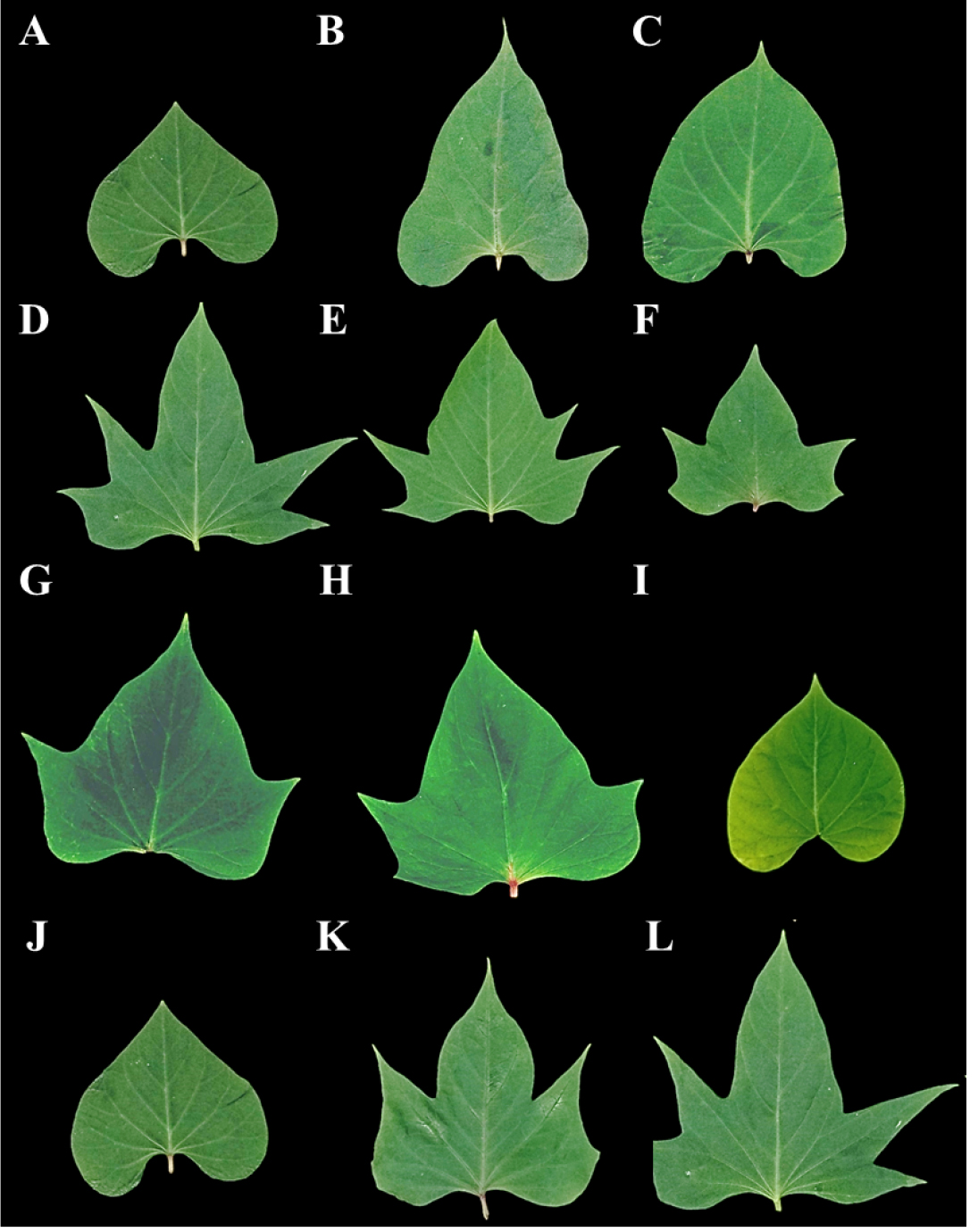
-
Effects of Sweet Potato (Ipomoea batatas (L.) Lam.) Cultivation Methods on Physiological and Leaf Anatomical Characteristics during the Early Growth Stage
고구마의 재배 방식이 초기생장기 생리 및 잎 조직 특성에 미치는 영향
-
Sejin Oh, Seong-Wook Kang, Yumi Lee, Jaeyoung Ock, Gitak Ryu, Seul Lee, Jin-Young Kim, Jinyoung Moon, Jongtae Lee, Seong-Woo Cho
오세진, 강성욱, 이유미, 옥재영, 류기탁, 이슬, 김진영, 문진영, 이종태, 조성우
- This study provides a comparative analysis of the physiological and anatomical characteristics of leaves in sweet potatoes grown using different cultivation methods …
- This study provides a comparative analysis of the physiological and anatomical characteristics of leaves in sweet potatoes grown using different cultivation methods during their early growth period. Vegetative indices such as normalized difference vegetation index (NDVI) and carotenoid reflectance index 1 (CRI1) were significantly affected by the cultivation method, accounting for 60.2% and 54.3% variation, respectively. Key photosynthetic characteristics including soil plant analysis development (SPAD), maximum quantum yield (Fv/Fm), absorption flux per PSII reaction center (ABS/RC), trapped energy flux per PSII reaction center (TR0/RC), and dissipated energy flux per PSII reaction center (DI0/RC) were also influenced by the cultivation method, accounting for 45.3%, 50.1%, 45.0%, 42.1%, and 37.9% variation, respectively. Partial least squares discriminant analysis (PLS-DA) revealed that transplanting decreased NDVI, CRI1, SPAD, and Fv/Fm, suggesting inhibited plant vitality, lower carotenoid content for stress defense, and less efficient photosynthesis. Conversely, transplanting increased ABS/RC, TR0/RC, and DI0/RC. This indicates that while their reaction centers absorbed more light energy, a significant portion was inefficiently dissipated as heat. While, transplanting formed well-developed leaf anatomical structures, including thick midribs and wide vascular bundles and xylem diameters. - COLLAPSE
-
Effects of Sweet Potato (Ipomoea batatas (L.) Lam.) Cultivation Methods on Physiological and Leaf Anatomical Characteristics during the Early Growth Stage
-
Original Research Article
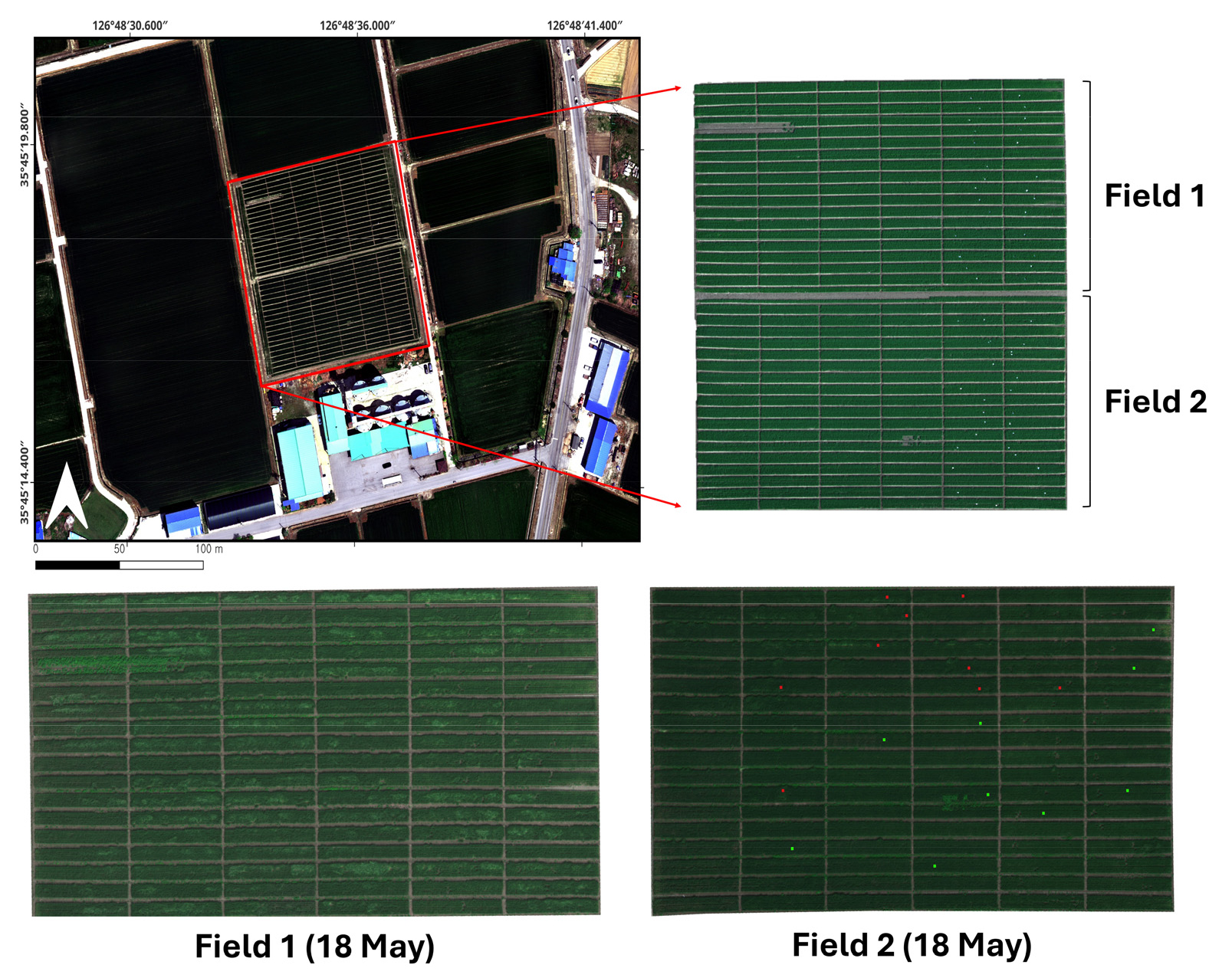
-
Assessment of UAV-based RGB and Multispectral Imagery for Detecting Lodging in Wheat Fields
UAV기반 RGB 및 다중분광 영상자료를 활용한 밀 재배지 도복 탐지 평가
-
Hyun-Jin Jung, Han-Yong Jeong, Jinhee Park, Yurim Kim, Go Eun Lee, Chuloh Cho, Yurim Kim, Sookjin Kim
정현진, 정한용, 박진희, 김유림, 이고은, 조철오, 김유림, 김숙진
- Lodging in wheat fields is a major factor that reduces both yield and grain quality, including protein content. Rapid lodging detection can …
- Lodging in wheat fields is a major factor that reduces both yield and grain quality, including protein content. Rapid lodging detection can support timely management to minimize quality loss. In this study, we evaluates the potential of unmanned aerial vehicl (UAV)-based imagery combined with machine learning (ML) algorithms in lodging detection, and identified the optimal imagery-model combination for its application in wheat fields. We acquired RGB and multispectral (MS) UAV imagery from two experimental fields(one for model training and validation and another for independent testing) and used Random Forest (RF), Extreme Gradient Boosting (XGB), and K-Nearest Neighbors (KNN) algorithms for lodging classification. The reesults from Field 1 demonstrated that MS imagery outperformed RGB across all ML algorithms, with the MS-XGB combination achieving the highest accuracy and stability. When applied to Field 2, the MS-XGB model generated prediction maps consistent with ground truth data. Adjusting the majority rule threshold to 5~10% improved prediction accuracy to 1.0 by reducing unrecognized lodging areas. This approach can serve as an early monitoring system to understand wheat quality (e.g., protein content)-affecting factors, by providing timely spatial information on lodging. Lodging detection results can also inform decision-making to maintain grain quality and improve production efficiency. - COLLAPSE
-
Assessment of UAV-based RGB and Multispectral Imagery for Detecting Lodging in Wheat Fields
-
Erratum
-
Erratum: Rice Leaf Area Index Evaluation Using RGB-based Vegetation Indices and Machine Learning Models
Erratum: RGB 기반 생육지수와 기계학습 모델을 활용한 벼 엽면적지수 평가
-
Eun-ji Kim, Hyeok-jin Bak, Dongwon Kwon, Sungyul Chang, Woo-jin Im, Nam-jin Chung, Jae-Ki Chang, Woon-Ha Hwang, Wan-Gyu Sang
김은지, 박혁진, 권동원, 장성율, 임우진, 정남진, 장재기, 황운하, 상완규
-
Erratum: Rice Leaf Area Index Evaluation Using RGB-based Vegetation Indices and Machine Learning Models
Journal Informaiton
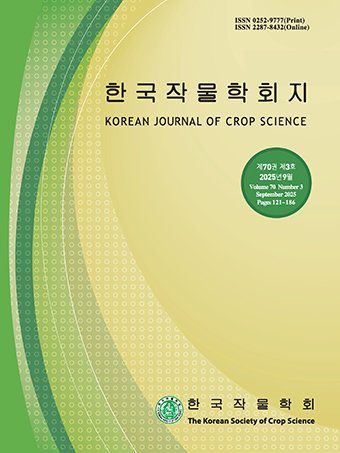 The Korean Journal of Crop Science
The Korean Journal of Crop Science
Journal Informaiton
Journal Informaiton - close
 The Korean Journal of Crop Science
The Korean Journal of Crop Science
